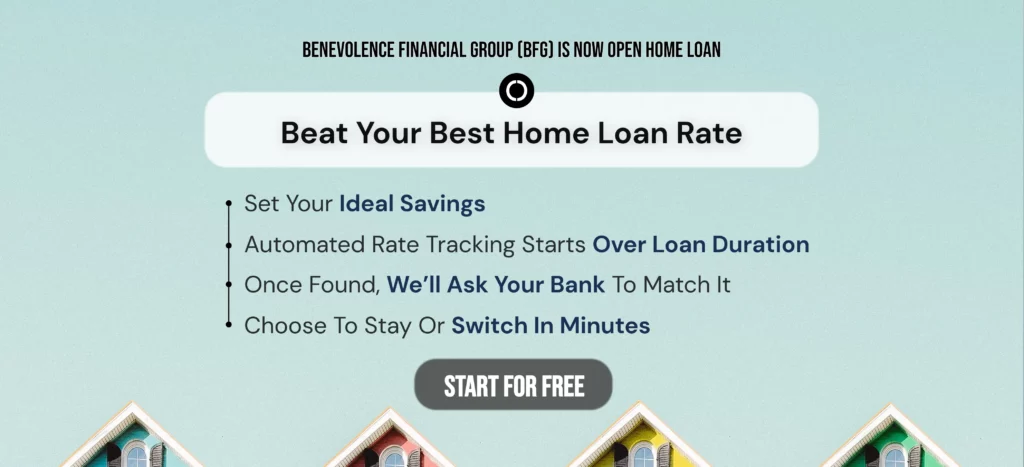COVID-19 has turned everything upside down, including your interest rate in Australia. Traditionally fixed rates have been higher than variable rates, but with coronavirus and economic outlook, many lenders have reduced their fixed rates much lower than variable. With all this chaos and uncertainty happening, the question of whether to get a fixed home loan or remain variable adds so much pressure. It’s a critical decision that will have a huge impact on your finances and budget. It could be the difference between paying thousands of dollars more in interest, or less, every year.
Getting the best deal
“To fix or not to fix that is the question.”
The intention behind choosing a fixed rate or a variable comes down to getting the best interest rate in Australia for your mortgage, whilst ensuring it meets your circumstances. For example, you may be able to get a record low fixed rate, but if you’re planning on selling the property or expecting changes to your position, you will end up paying thousands of dollars in exit fees (or early repayment adjustment fee).
So what should you do? The first thing is to always take a step back, get an understanding of your financial goals for the short term (next 6 months) and within the next 3-5 years. What are your plans? Are you looking at buying another investment or upgrading? Or are you just focusing on paying down your debts? These are simple things that you need to decide on which will make the decision-making process so much easier for you.
Best of both worlds
If the decision process isn’t easy or you want the “best of both worlds”, you can always consider a split between variable and fixed. You get to decide which portion will be variable and which is fixed. The ratio could be a 50:50 split or 60:40 or anything ratio you want.

When Should You Consider Getting a Variable Rate?
A variable rate is when the rate can change at any time depending on your bank’s decision. Banks sometimes follow the Reserve Bank of Australia’s cash rate but are not required by law to adjust their rates based on the cash rate. So whilst the cash rate prediction may have an impact on interest rates, it may not apply with your bank. A variable home loan generally offers flexibility as it comes with features that help you react to change in your circumstances.
Some of those features include a redraw and offset account, allowing you to make additional repayments to pay off your loan and withdraw additional repayments if required in the future.
Having these features are beneficial when:
- You need to access extra repayments made.
- Pay off your loan in full.
- Make additional repayments (more than $10,000 per year).
- Refinance your home loan.
When Should You Consider Getting A Fixed rate?
Unlike a variable rate, with a fixed interest rate you generally pick the period you want to fix the interest for. It could be between 1 to 5 years or up to 10 years depending on your bank. At the end of the fixed period, your rate will roll over to a variable rate at which at any time you can “re-fix” it again. The rate in the period you choose will not change meaning that your repayment will stay the same during that period.
A fixed-rate is beneficial when:
- Looking for certainty. You don’t want to worry about rates increasing or changing.
- Wanting to stick to a budget.
- Expecting to pay down the loan based on current repayment amounts without focusing on making additional repayments.
- Not expecting any changes to your life or financial circumstances.
Repayment amounts
Whilst an interest rate in Australia is a good indication of the cost of your home loan interest; it’s more important to work out the actual interest amount instead.
2% variable or 3% fixed may sound like a huge difference on a $100k debt, but it is not as significant as it would be on a $1.5mil mortgage. Make sure to look at the actual figures first.
We always suggest that you consider a split structure by working out:
Extra repayments made per month – what is the best case scenario and the maximum amount you can practically make based on your income
The maximum amount of extra repayments that can be made per month: Multiplying that figure per year. For instance, if it is $30k per year and there is an outstanding balance of $100k mortgage, you may fix $70k for 1 year fixed and leave the remaining loan amount ($30k) as variable to pay it down.

What does the future hold post-COVID?
You could consider future predictions by different economists to understand what interest rates the RBA may decide upon. In the current climate, we are expecting interest rates in Australia to remain as is for the foreseeable future as Australia tries to grasp and navigate the impact of coronavirus on the economy. Whatever your choice, let us help support you on your journey! Speak to us today.
Disclaimer: The information provided is general in nature and does not constitute financial advice. Please speak to us for recommendations on your individual circumstance and requirements.

